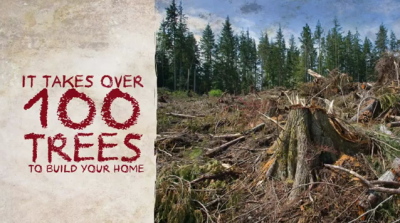Gotham’s green foliage projects in large urban communities like New York City and Chicago, not only produce year around vegetables; but also help preserve vestiges of former wild pastoral glory.
An excellent example of efforts made to put abandoned urban space to good use as a garden park is the High Line urban grasslands park in New York City’s Chelsea district. An abandoned above ground rail line has been converted into a public park and botanical garden, known locally as simply the “High Line”.
This green eco park stretches from West 12th and Ganesvoort Streets, all the way north to the Penn Central rail yards on West 34th Street. During a recent late summer visit to New York City, it was a pleasure to visit High Line and stroll along its long, winding route, interspersed with a multitude of trees, shrubs and prairie grassland plant species, many of which are nearly extinct in their native locales.
The various grasses, shrubs and other greenery planted there were indigenous to American prairies in states as far east as Ohio. Many of these prairie locations have long since disappeared, having been replaced by farmland and modern urbanization. For this reason, the idea of planting such greenery in the heart of America’s largest urban metropolis was conceived in the early 1990’s.
Walking through this modern day Garden of Eden, it’s easy to see that it offers something for everyone, including various art forms, food delights, scenic views of the Hudson River, pastoral greenery; and various views of New York City itself, especially the picturesque Chelsea neighborhood.

The High Line project is an excellent example of what can be done to utilize a now abandoned rail transportation structure, instead of tearing it down. Similar green projects are now being undertaken in other parts of the city; including the river port area and former warehouse districts. A Low Line project in Manhattan looks to create new food sources from space age technologies.
In the Middle East, urban greening and farming projects are nothing new. Urban Egyptians have been engaged in urban agriculture projects for years. Hydroponic greening goes all the way back to ancient Babylonians with their legendary Hanging Gardens of Babylon.
Read more about greening and farming urban areas:
Japan rents out hydroponic gardens to busy city dwellers
Chicago’s urban farming produces fresh veggies all year 24/7
Brooklyn’s Gotham Greens builds world’s largest rooftop farm
Egypt’s Urban Agriculture Movement is Growing



